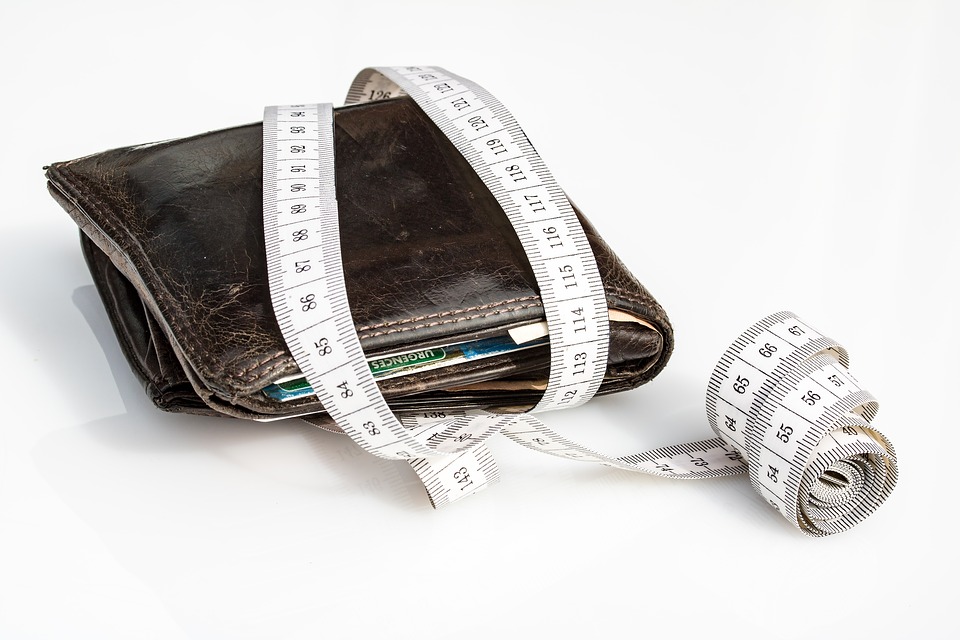
Imagine being able to have your whole salary just to yourself – no big loans to pay, no credit card bill lurking on the horizon, no unexpected financial shocks to end your holiday or investment plans. Becoming debt free involves organization, above all things. Setting goals, eliminating unnecessary expenditure and luxuries and knowing exactly where your next bill is coming from, will ensure there are no nasty surprises in your financial future.
Work Out How Much Interest You are Paying
It is important to cut costs by paying as little interest as possible on any loans. Start off by looking at any outstanding bills and seeing how much (if any) interest is owed. Work out your expenditure for the month and how much you can set aside to pay bills. Start paying bills with the highest interest rates and work your way downwards.
Don’t be a Victim of High Interest Credit Cards
The use of credit cards is tempting when it comes to purchasing luxuries we cannot afford to pay immediately – think a piece of jewellery, a designer item, home furniture. We are attracted by the idea of making ‘small’ payments every month, yet if we can end up paying far more for the same item by using a credit card. If you have a good credit rating, your bank may offer you a personal loan – see this Norwegian example, which highlights how personal loans might be more interesting than credit cards for two main reasons: they have fixed rates and lower interest rate options than credit cards. If you also have credit card payments, pay before the closing date, to improve your credit score. At least, make minimum monthly payments to avoid being plagued by even higher interest rates and penalties.
Make a Budget and Stick to it
Take a good look at where the majority of your income is going; look at any financial arrangements you have to identify where improvements can be made. If you have a company, for instance, check out different leasing/rental options for a company vehicle, which may be more interesting than the current model you are using. Buying a vehicle might be cheaper in the long run, even taking insurance and other costs into account. Look at total yearly costs to see how making alternative arrangements can save you hundreds or thousands of dollars in the long run.
Eliminate Unnecessary Expenditure
Research shows that a large percentage of American families’ consumption goes on luxuries. Those who are well-off, in particular, spend around 65% on luxuries, and only 35% on necessities. Even the lowest earners spend 40% on luxuries such as dining out, presents, entertainment systems, vacation homes and hotels, and, surprisingly, unnecessary health care options. Cut back on luxuries slowly, selecting one or two ways to lower unnecessary expenditure.